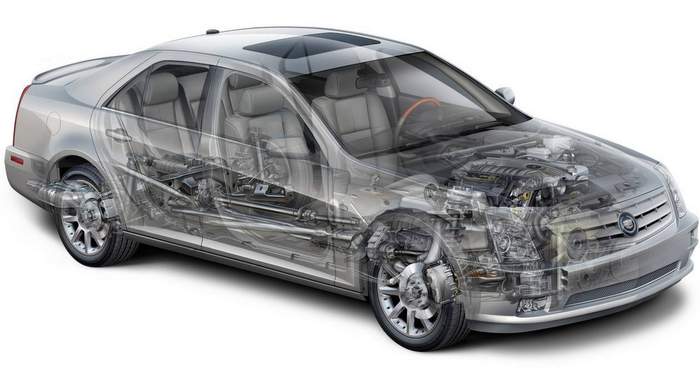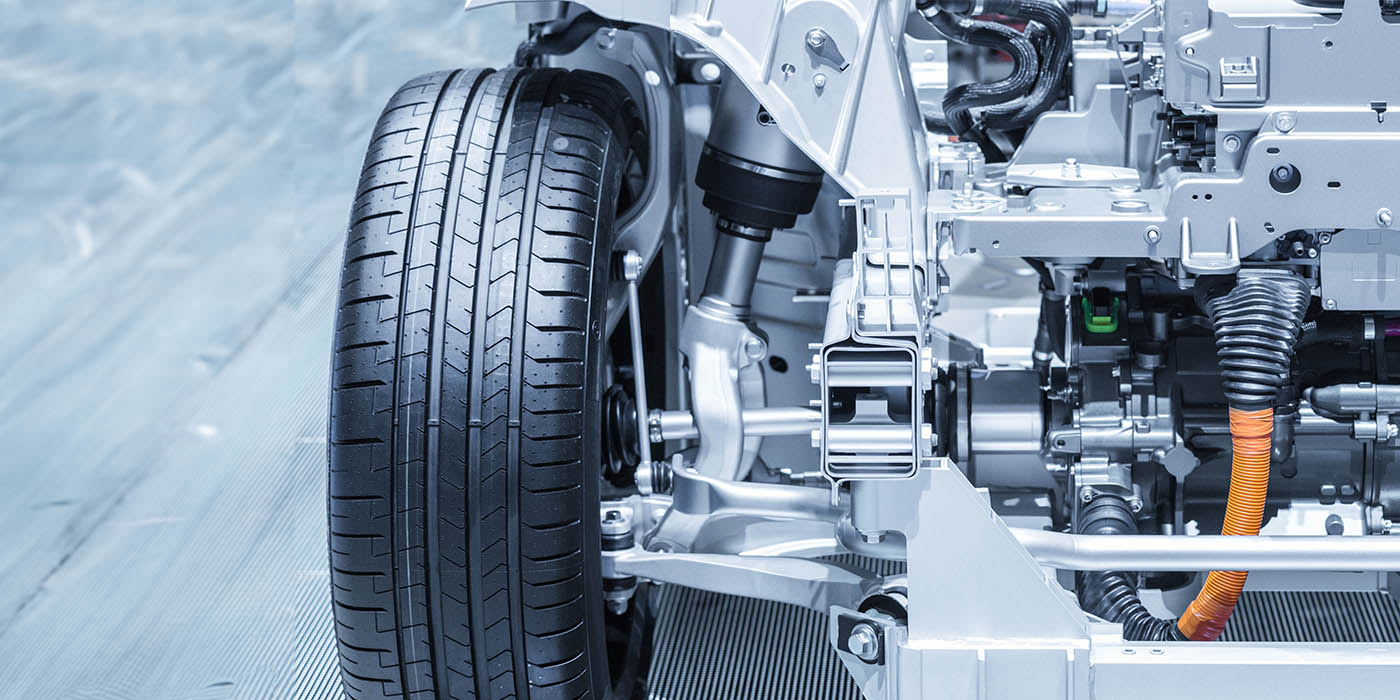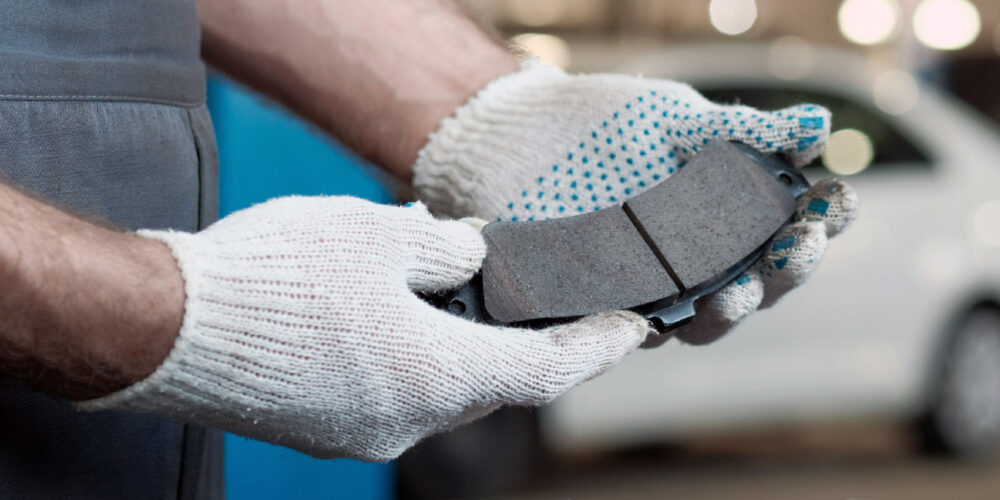One of the common handling-related complaints brought to an alignment shop is ‘drift’ — usually meaning the vehicle fails to continue straight when allowed to choose its own path. Many times, an alignment tech is able to easily resolve drift issues, but not always. Making adjustments and then failing to impact a drift issue or satisfy the customer’s complaint can be frustrating.
After the parts and tires have been ruled out, most alignment techs will take a closer look at cross caster as a directional control angle, which is taught in many wheel alignment classes today. However, cross camber also affects directional stability, but it is usually ignored because camber also impacts tire wear. Some vehicles in production today have steering axis inclination (SAI) values of 9°, or even higher, to improve vehicle stability. On these vehicles with higher SAI values, the cross camber can be more effective in resolving drift than cross caster.
Let’s clarify drift by the popular definition: with no driver input, the vehicle will change one full lane in about 1/8 to 1/4 of a mile on a straight, level road. By contrast, a ‘pull’ is when the vehicle changes lanes faster — in less than 1/8 of a mile. The deliberate use of cross camber we’re discussing here is only viable for drifts because a pull would require camber values that are unacceptable for tire wear, and something more serious is probably wrong.
The high value of SAI has a larger influence on vehicle directional stability compared to the relatively smaller caster values. This is why changes in cross caster don’t have much effect on drift on certain vehicles. Instead, try small changes in cross camber by biasing it in the appropriate direction while staying within the OE-specified camber range.
For instance, a vehicle with left camber of -0.5º, right camber of -0.5º and a drift to the left could be corrected by moving the left to -0.75° and the right to -0.5°, or the left to -0.75° and the right to -0.25°. Both settings would stay below the typical cross camber maximum of 0.5° and should create enough drift-right to counter the original complaint of drift-left.
While working a drift issue with cross camber, keep the less effective, but still relevant cross caster from clouding the results. Keep cross caster within the OEM specified range, which is typically under 0.5°. Also, the actual caster numbers should be close to the OEM specified target value.
Keep in mind the influence that SAI has on vehicle tracking, and be aware that high SAI will cause cross caster to be less effective than cross camber for correcting drift issues. This will save your shop time — and costs — by focusing on the more effective parameter according to the particular vehicle being serviced. The bottom line can be both better profitability for the shop and higher customer satisfaction.
Courtesy of Specialty Products Co.














